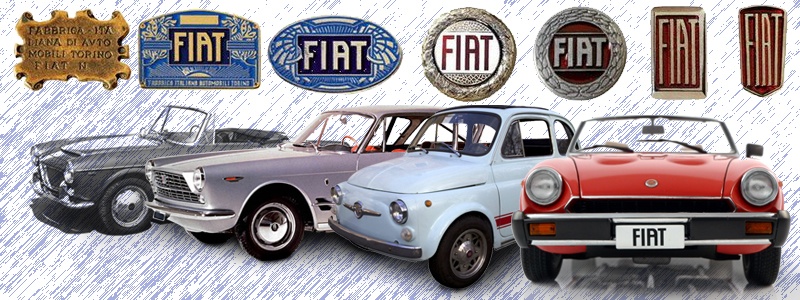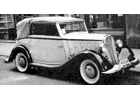 |
 |
1932 - 1937
In the early 1930's Fiat had a dual advantage over their rivals, having a virtual monopoly of the Italian family-car market; but equally as makers of 90 per cent of Italy's private cars they could not afford a bad mistake. Nor was Italy the healthiest of home markets: in 1929, only 172,000 cars overall had been in use, and a high rate of production depended upon substantial exports. More >>
|
 |
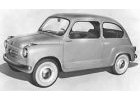 |
 |
1955 - 1977
The Fiat 600 series was part of the postwar Italian 'Economic
Miracle' and was produced in relatively large numbers
from its debut at the Geneva Motorshow of 1955. More >>
|
 |
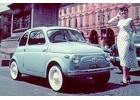 |
|
1957 - 1977
This tiny egg-shaped car is now seen in somewhat cult
status with its miniature size appealing to millions.
It was introduced in 1957 as a type of transportation
for the masses and by the end of production some four
million were built. More >>
|
 |
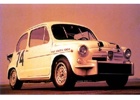 |
|
1963 - 1972
The Abarth was also no noisier than the 500, despite the two very large diameter tail pipes of the special exhaust system. Best of all, the Abarth conversion made an already good car "great", just as reliable, incredibly nimble, more agile and with the Italian flair for knowing what a driver enjoys. In a word - Brilliant. More >>
|
 |
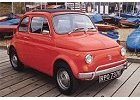 |
|
1965 - 1972
Like any entirely new model, it was only natural that the Fiat 500 should mature. Thankfully Fiat resisted the temptation to enlarge the car, nor change the character - but maybe that was because it had become so damn popular. Just as collectable as the original Fiat 500, just as sexy, and one of the only micro cars that a bloke will look "seriously cool" driving. And while we can't give it a 5 star collectability rating, it deserves the 5 star cool rating. More >>
|
 |
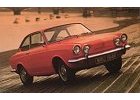 |
 |
1965 - 1971
The 850 sportscar arrived just a year after the saloon
model in 1965 as a neat fast-back four seater. Despite
near useless rear seats the 850 was hugely popular. More >>
|
 |
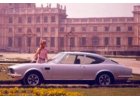 |
|
1966 - 1973
In 1969 the Fiat Dino had its V6 engine increased from two to 2.4 liters, and its cylinder block was cast in iron instead of light-alloy. The new block was standardised to simplify manufacture (the old light-alloy block had separate cylinder liners which had to be inserted) and to ensure against water leaks as the engine aged. More >>
|
 |
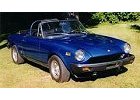 |
|
1966 - 1985
Manufactured for nearly 20 years shows why the Spider
has been one of the most successful Italian sportscars
ever produced. More >>
|
 |
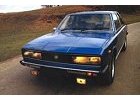 |
|
1971 - 1977
Despite being unpopular this car was actually very finely
engineered with perfect proportions and superb elegance
with ample room for four passengers. More >>
|
 |
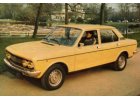 |
|
1972 - 1982
Unfortunately many believed the Fiat 132 was a somewhat backward step, particularly given that the car, as a replacement for the Fiat 125, retained both rear-wheel-drive and a live back-axle. The cars lower line met with a mixed reception, some people considering that the 132's shape was " Japanese-inspired". More >>
|
 |
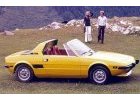 |
|
1972 - 1982
Fiat X1/9 was the earliest lightweight mid-engined sports
car made - the biggest challenge at the time being how
to locate all the mechans without compromising useable
space. More >>
|
 |
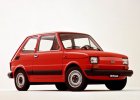 |
|
1972 - 1993
The Fiat 126, successor to the 500, represented a modernisation and mild revision of the old Fiat 500 formula. The result was a low-priced car with a rather more boxy outward appearance, but still possessing all the desirable qualities of the earlier Fiat 500. More >>
|
 |
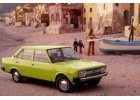 |
|
1974 - 1984
Motoring journalists at the time noted that the 131 Mirafiori's engine was "...more lusty than refined", churning out the power eagerly. It was not a great car, but it was well accomplished and offered a better than reasonable drive for the money. More >>
|
 |
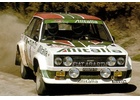 |
|
1974 - 1980
The Abarth acted as a replacement for the valiant 123 Spider as Fiat's warhorse for road events. The main modifications included: two-liter engine with twin overhead camshafts, four valves per cylinder, 140-147 bhp DIN (104 - 110 kW), five speed gearbox, independent rear suspension, four wheel disc brakes, extra wide wheelrims and aerodynamic stabilisers on the chunky bodywork. More >>
|
 |
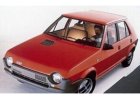 |
|
1978 - 1988
It would be difficult to determine whether it was the
Alfasud or the Fiat Strada that won the “race to
rust” championship, but both were worthy contenders
and near the top of their field in their ability to self
destruct. More >>
|
 |
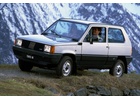 |
|
1980 - 1986
The small front-drive Fiat Panda was so named, we assume, because of its stripey look. Most people were no doubt thankful that the Fiat Group decided to abandon type-numbering for their cars with the introduction of the Panda, and more would fall in love with the cars practical and clever design, which due to the use of many already-in-production components, minimised its manufaccturing problems. More >>
|
 |
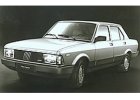 |
|
1981 - 1986
The Italian flair for high performance luxury cars was never more evident than in 1981 when Fiat released the second major facelift of the 132 model, the wonderful Argenta.
At the time it was Fiat's Australian flagship, and for good reason. The new model was bristling with modern technology, and was brimming with high equipment levels. More >>
|
